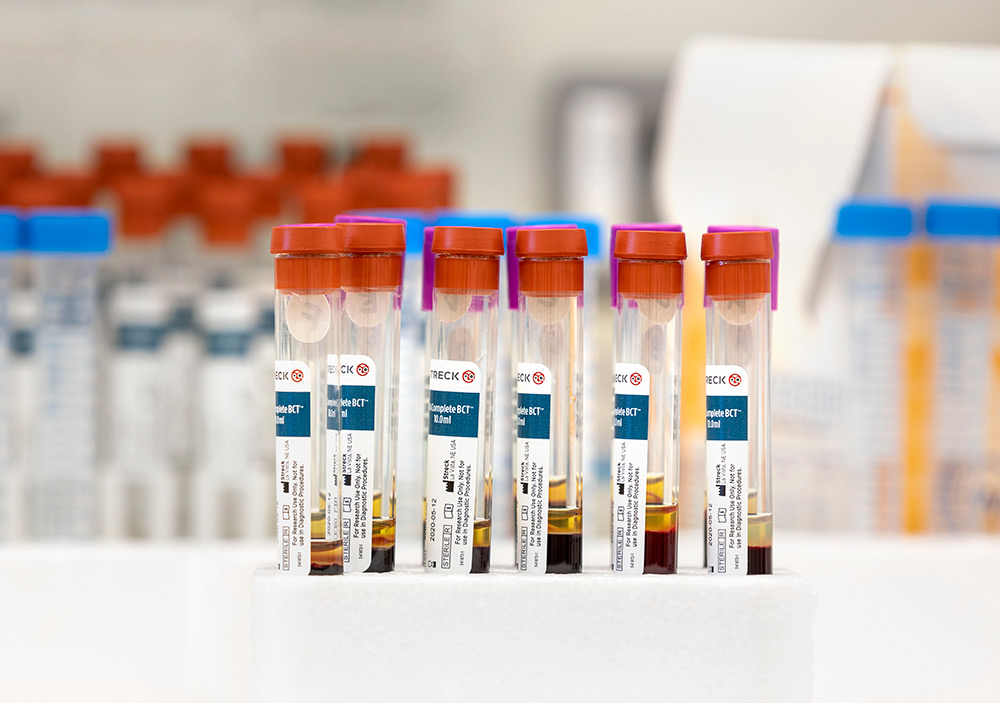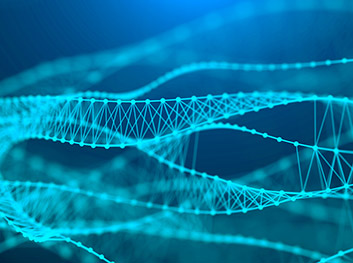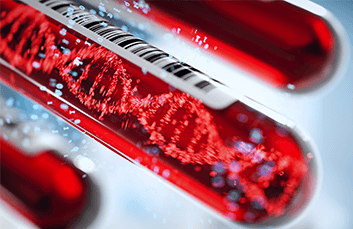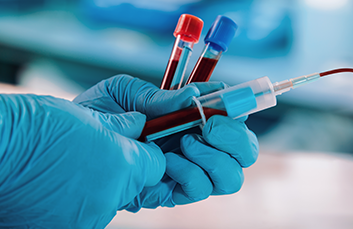What is an extracellular vesicle?
Topics Featured
Extracellular vesicles (EVs) are a topic of growing importance in biomedical research. Even a brief survey of the scientific literature shows not only are these small particles present in a multitude of different fluids, they are also highly diverse in population ranging widely in size, contents, and origin. This variation is exemplified by the fact that sizing alone can range from 30 to 10,000 nm in diameter. Contents of EVs can include nucleic acids like RNA, proteins from both the cellular environment and cell-surface of the parent cell, and functional factors that may be active should the EV be taken up into another cell. Currently EVs are mainly characterized based on size, surface markers, and contents. Extracellular vesicles are of interest because of these kinds of markers.
The field of liquid biopsy has targeted circulating cell-free DNA, circulating tumor DNA, and circulating tumor cells in the past in an attempt to develop a true liquid biopsy. Considered the Holy Grail for cancer detection or monitoring, the ideal liquid biopsy test would allow analysis of a distant, and perhaps pre-detectable, cancer from a blood draw. Extracellular vesicles, such as exosomes, have driven researchers to work toward demonstrating EV utility and diagnostic potential. The prospect that the cargo or surface markers of the extracellular vesicles themselves could provide the markers required to survey or surveil for cancer has only added interest.
As with any developing field driven by growth and discovery, a great many topics are in flux. Collaboration between scientists who are studying these topics led to coordination in the form of the International Society for Extracellular Vesicles (ISEV). ISEV then shepherds discussions and has released guidance on the problems of sample collection and processing. ISEV has also enabled teams to work toward the best practices in reporting.
The recently released RNA Complete BCTTM maintains the draw time concentration of extracellular vesicles for up to 7 days when stored at room temperature

The importance of the field, the rapid growth in recent years, and the eventual diagnostic potential of extracellular vesicles led Streck to introduce a new blood collection tube focusing on EVs and their cell-free RNA cargo. The recently released RNA Complete BCT™ maintains the draw time concentration of extracellular vesicles for up to 7 days when stored at room temperature and is compatible with many EV isolation methods, including filter-based (Qiagen exoEasy), size exclusion-based (Cell Guidance Systems Exo-spinTM), and precipitation-based (Thermo-Fisher Total Exosome Isolation Kit) methods.
After collection in RNA Complete BCT, extracellular vesicles can be isolated from stored plasma and utilized for many downstream applications, including Nanoparticle Tracking Analysis and indirect analysis of EV-associated cargo. Learn more.
RNA Complete BCT is for Research Use Only. Not for use in diagnostic procedures.


FDA clearance brings liquid biopsy into a new era

